Back in 2006 Matt and I took a bunch of work that we had been doing in the area of technology integration for teaching and pulled it together into one broad theoretical framework and published it in TCRecord. The TPACK framework as it has come to be known has been incredibly influential—far more than we could have imagined. As far as citations go, this is what it looks like on Google Citation (graph generated dynamically by polling Google Scholar citations for Mishra & Koehler, 2006). See Matt’s page about this here.
 Citations of Mishra & Koehler (2006) over time
Citations of Mishra & Koehler (2006) over time
The recent issue of Educational Technology journal (that I mentioned previously here) has an article by Nyland, Anderson, Beckstrom, Boren, Thomas & West where they review a decade of publications (2003-2012) in the Journal of Educational Computing Research (JECR) to see the kinds of broad patterns of work emerge. I was gratified to learn that the Koehler & Mishra (2005) article was the most cited paper of that decade – with 318 citations (actually Google Scholar currently puts the number of citations at 508 which may just be a function of when the review was conducted).
Koehler, M. J. & Mishra, P. (2005). What happens when teachers design educational technology? The development of Technological Pedagogical Content Knowledge. Journal of Educational Computing Research. 32(2), 131-152. [PDF]
More interestingly, the reviewers also examined the top-cited paper for each year of the analysis. Under these criteria 3 of the 10 most cited articles in the journal are related to TPACK! You can read the complete review by going here:
Nyland, R. Anderson, N., Beckstromm T., Thomas, R., & West, R.E. (2015). Educational Technology Research Journals: Journal of Educational Computing Research, 2003-2012. Educational Technology. 55(2), 43-48.

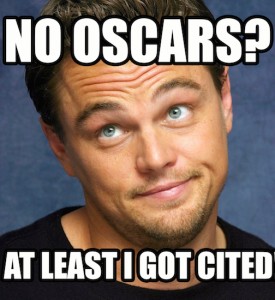
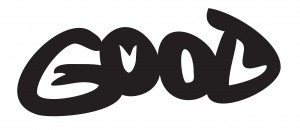
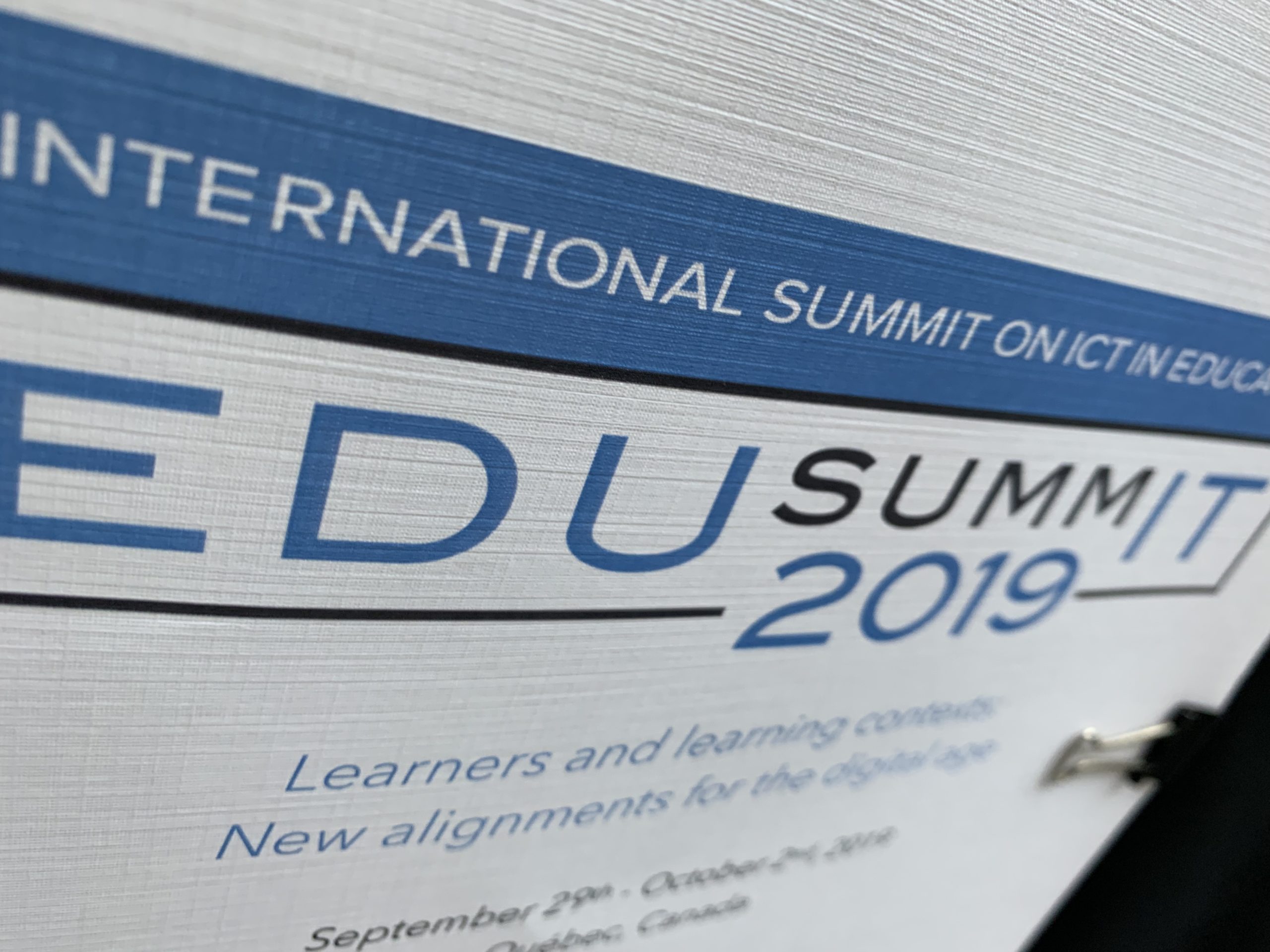
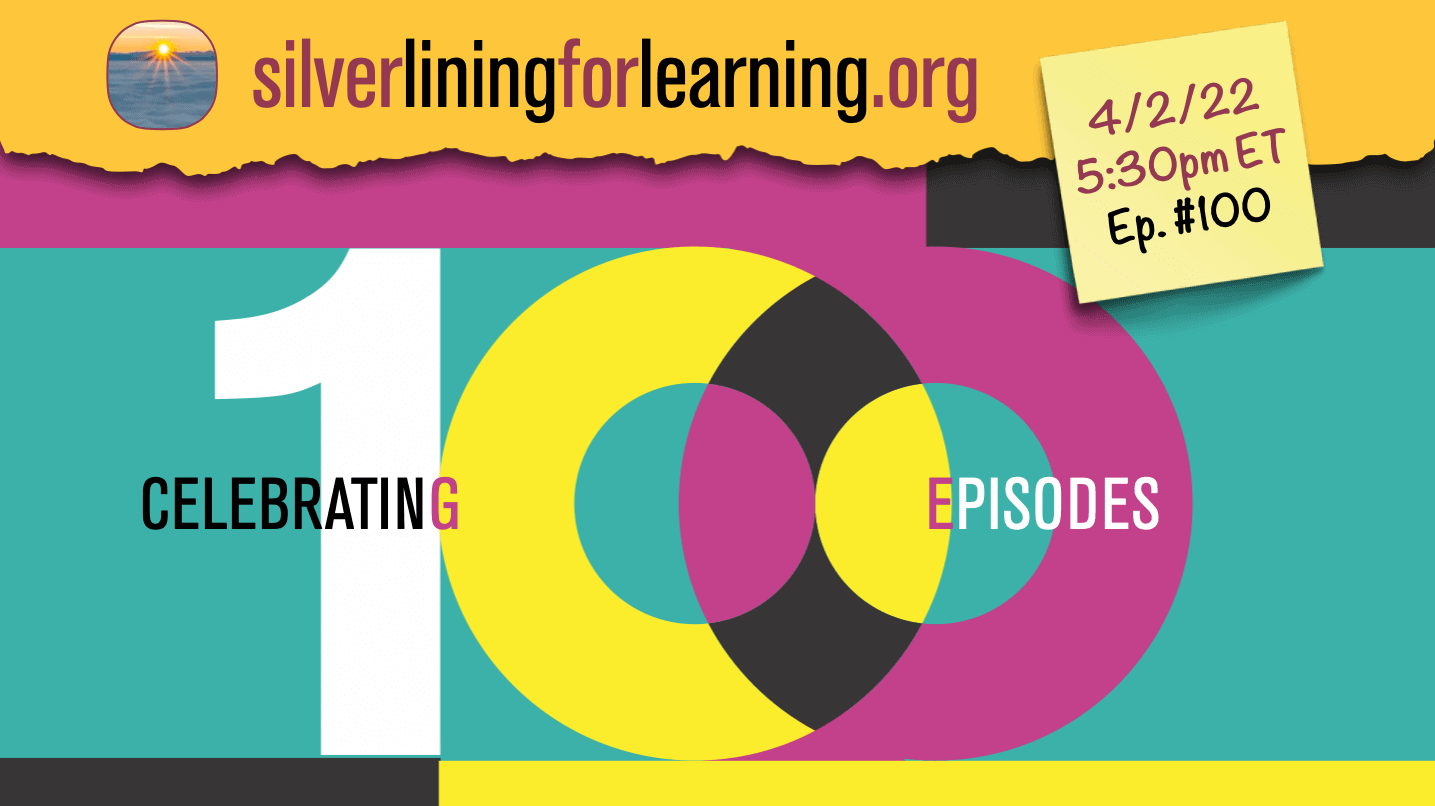
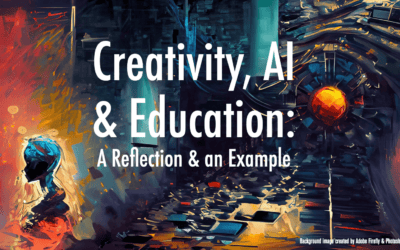
Very informative.
Nice.
Congratulations! That’s fantastic. It doesn’t come as a surprise. Your work has certainly helped me to help hundreds (if not thousands) of teachers (trainee and in service) to get a much better understanding of how to harness the power of technology in the classroom. A big thank you for articulating it so well! 🙂
You also got a shout out at the Office of Ed Tech Future Ready Summit in Rhode Island. The Feds are onto you….
Oh no! Thanks for the update, Scott. I guess I gotta be careful now 🙂